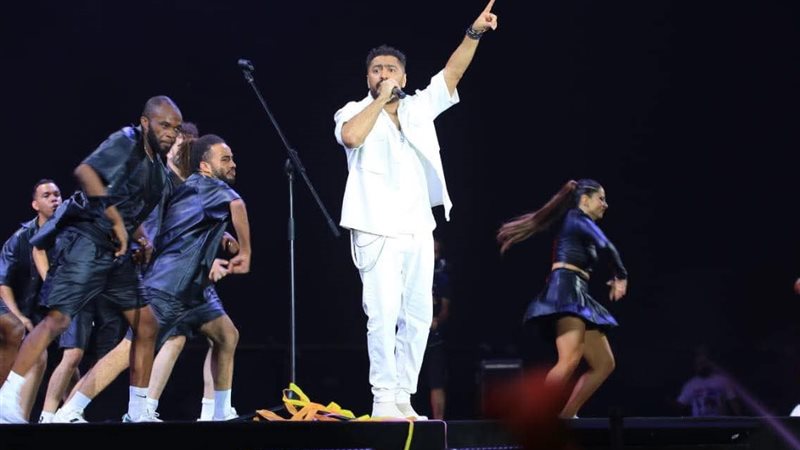In the glittering backstage world of concerts and festivals, the true drama often plays out not on stage but in closed-door negotiations—where a singer’s “price” is agreed upon. This figure, set in a performance contract, is more than a reflection of talent. It represents years of brand building, market demand, and the mood of the entertainment economy.
By 2025, performance fees in the Arab music scene have become a fascination for fans and industry watchers alike—functioning almost like an economic index, rising and falling with the same volatility as financial markets.
At the top of the chart stands Amr Diab, the unrivalled brand name of Arabic pop. His staying power stems from decades of hits and a finely tuned pricing strategy. According to one major Egyptian event organiser, Diab works with five separate rate cards, adjusting fees according to event type, host profile, location, and personal relationships.
Public concerts bring him $200,000–$500,000, while corporate-sponsored shows can reach $1m. Wedding performances in Egypt fetch around EGP 6m, doubling for overseas events. On rare occasions, Diab waives his fee entirely—covering only his band’s costs—such as for the wedding of a prominent producer’s daughter.
This tiered pricing is common among A-list artists, who treat their performances as dynamic commodities rather than fixed offerings. Rates fluctuate depending on audience profile, season, and media exposure.
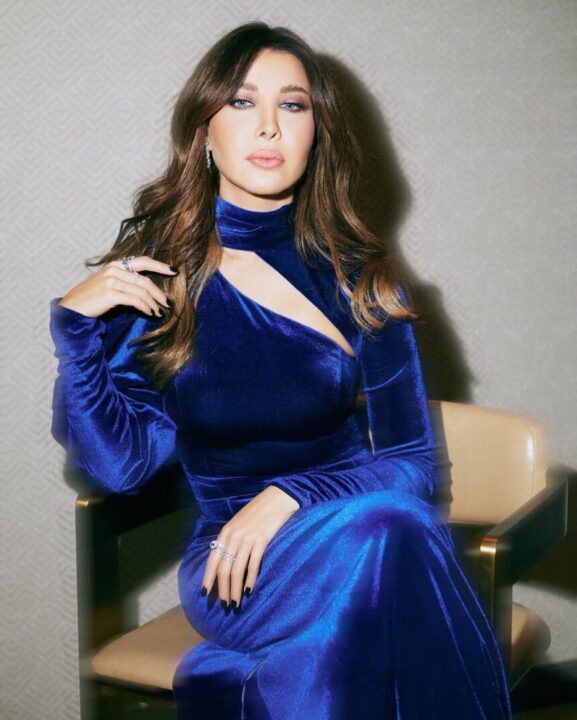
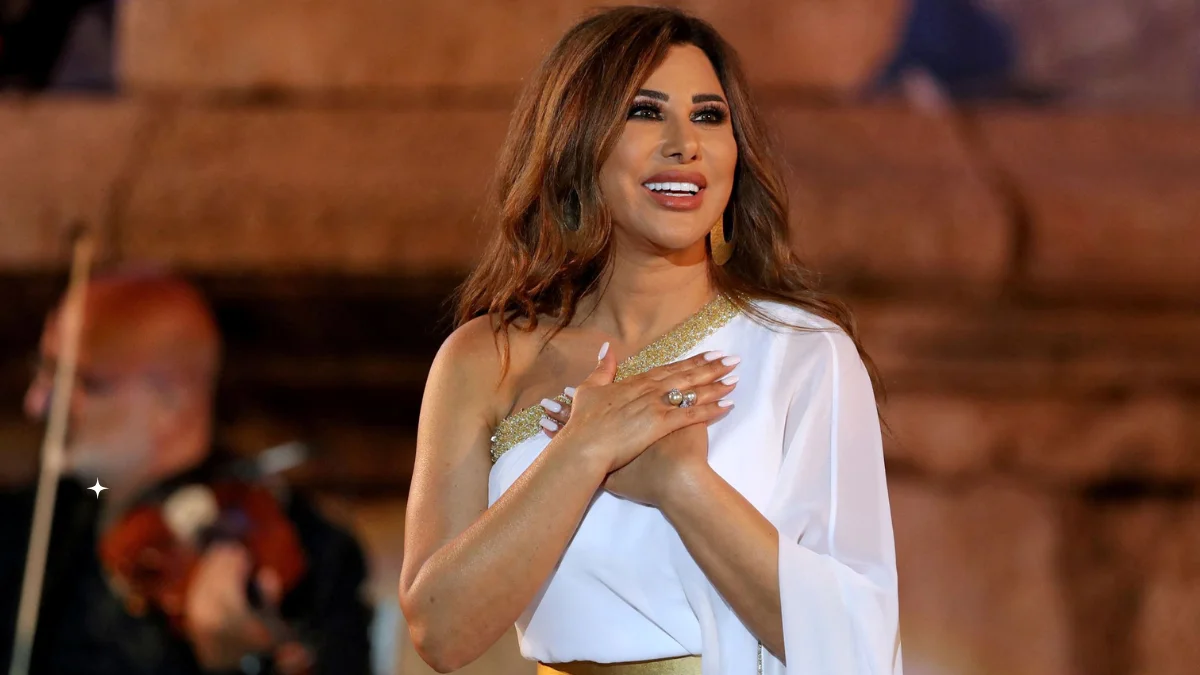
Among female stars, Nancy Ajram and Najwa Karam lead the pack. Ajram commands about $120,000 per concert, rising to $200,000 for exclusive private events. Karam has kept her fee steady for years, resisting market pressure despite speculation.
If Ajram’s approach is driven by ticket sales, Myriam Fares follows a different path—her fee has remained fixed at $50,000 since 2017, partly due to health-related career pauses. In Egypt, Sherine Abdel Wahab tops the women’s list at $125,000 per event, followed by Angham at $80,000. For male performers, Tamer Hosny and Mohamed Hamaki earn $80,000–$100,000, reflecting steady but plateaued demand.
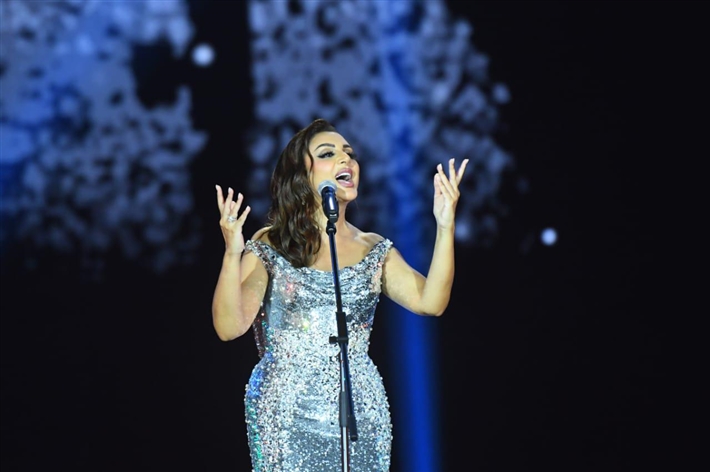
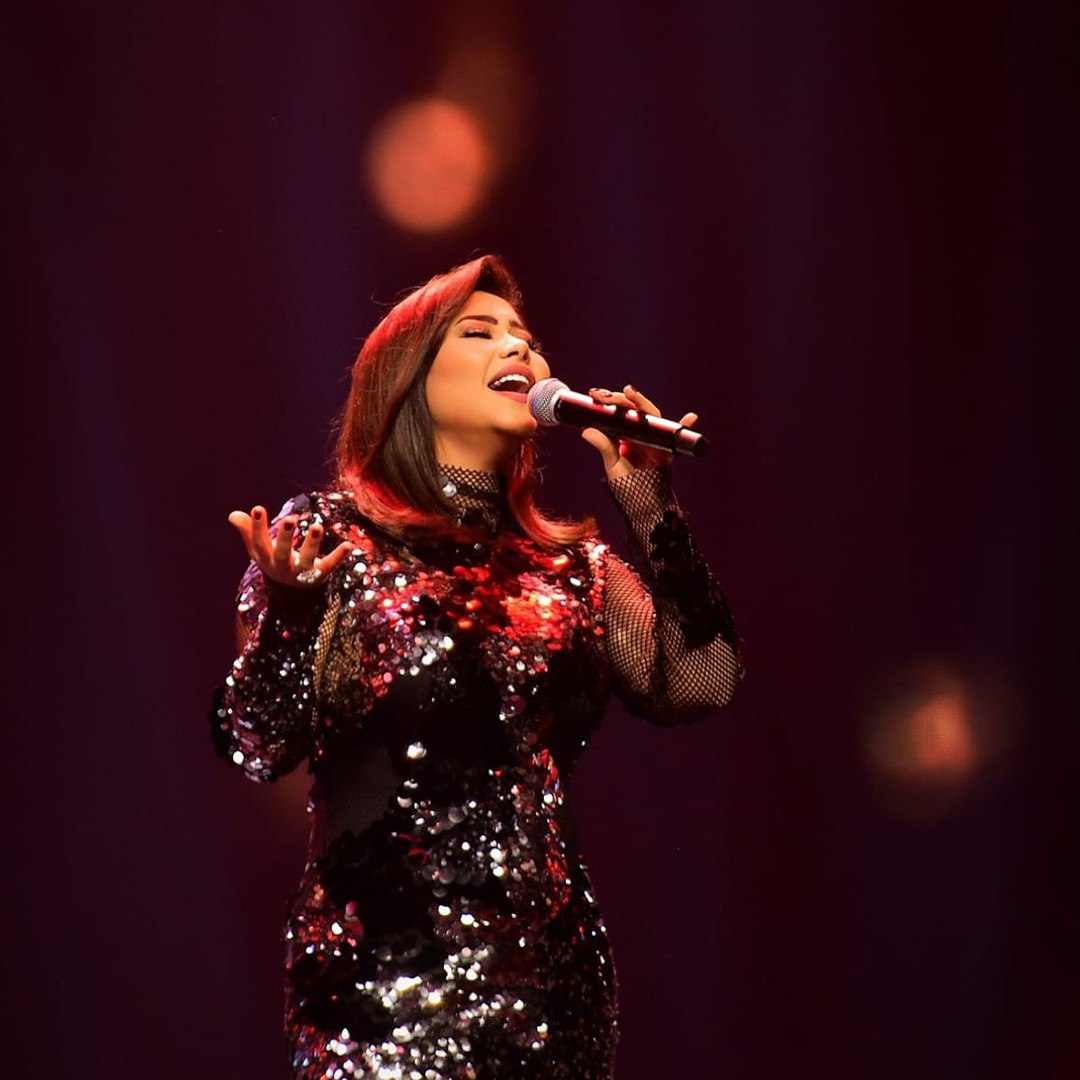
Some names, like Saad Lamjarred, have yet to convert fame into premium rates, with his $50,000 ceiling often linked to controversies. Others, such as Majida El Roumi, Ragheb Alama, and George Wassouf, have kept their rates unchanged for over a decade, preferring stability to risk.
Industry experts note that a single viral hit can boost a singer’s fee by 20–30% within a year, while scandals, illness, or poor publicity can cause instant drops. Event timing, geographic market, audience demographics, live broadcasts, and even stage design can all influence the final figure.

Some artists inflate their publicised rates to project prestige, while others accept lower fees in exchange for strategic exposure or entry into new markets.
Ultimately, in 2025, a singer’s fee is no longer just a payment—it’s a tradable certificate of artistic capital. Some secure their value and hold; others gamble for rapid gains. And a few walk the tightrope between favour and profit, aware that in this market, opportunities are fleeting—and often, once lost, gone for good.
